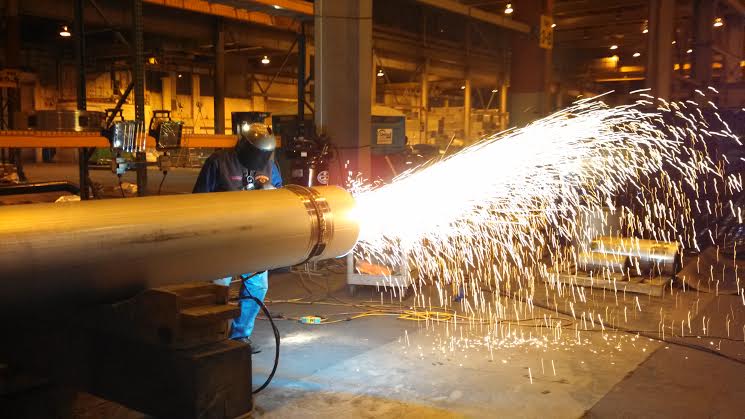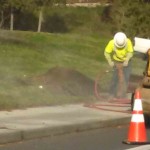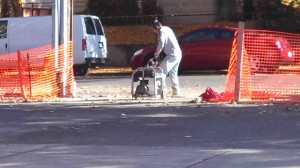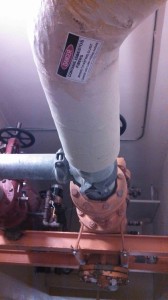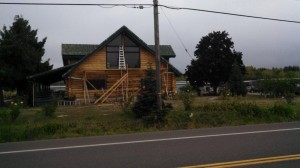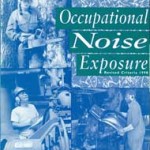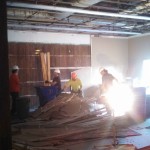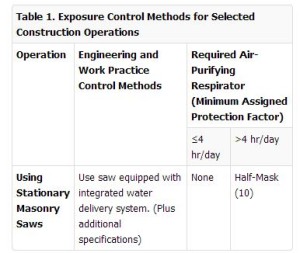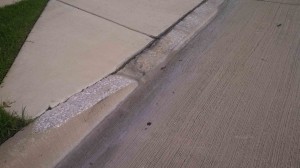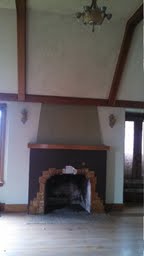Fri 14 Feb 2014
Plasma cutting on stainless steel
Posted by admin under Air Monitoring, Exposure, Hexavalent chromium, industrial hygienist, occupational hygiene, PEL (Perm Exp Limit), Personal Protective Equip (PPE), Respirators, Welding
Comments Off on Plasma cutting on stainless steel
This has to be one of the coolest types of cutting. Raw obliteration of metal.
As you know, hexavalent chromium (Cr6) is generated when the metal, chromium, is heated. Cutting this metal with a plasma torch is an easy way to heat it up quickly.  We performed air monitoring on one employee performing plasma cutting on #304 stainless. Luckily the employee was wearing a 1/2 face tight fitting respirator (and skin protection due to the body readily absorbing Cr6) and we found exposures at 36% of the exposure limits (they were within the acceptable limits). This employee was able to stand away from the cutting due to the machine he was using. He did not do this task all day and no engineering controls (ventilation) was used.Â
****Caveat: Please do your own air sampling. Conditions and environment may not be similar to your environment, and they can change rapidly. One sampling event rarely indicates all conditions. We’re talking about people’s health!****Keep in mind welding safety!Â
And a close up of the cutting machine without the motor & tracks:
